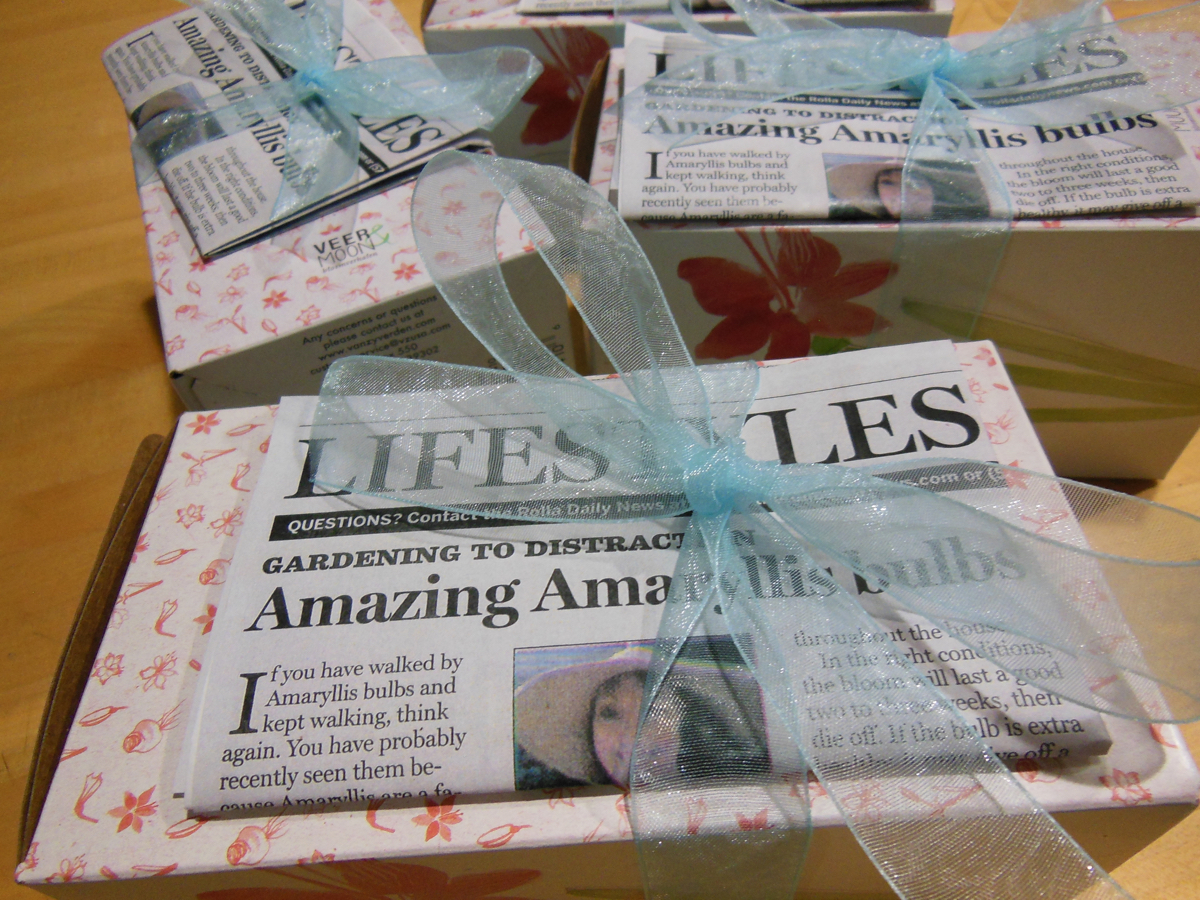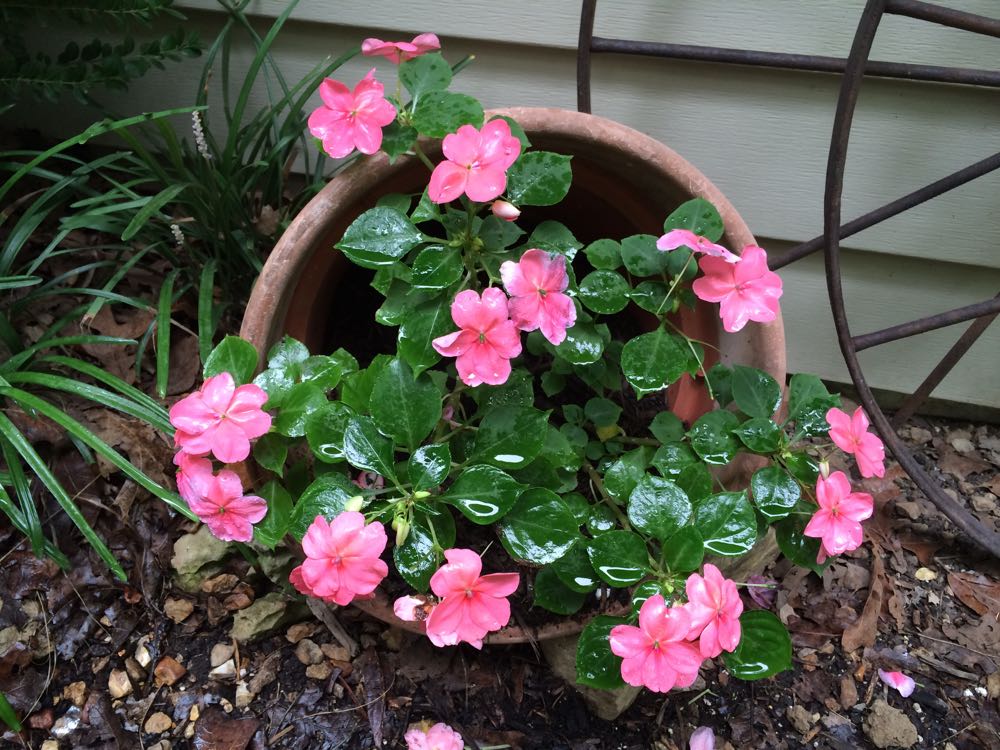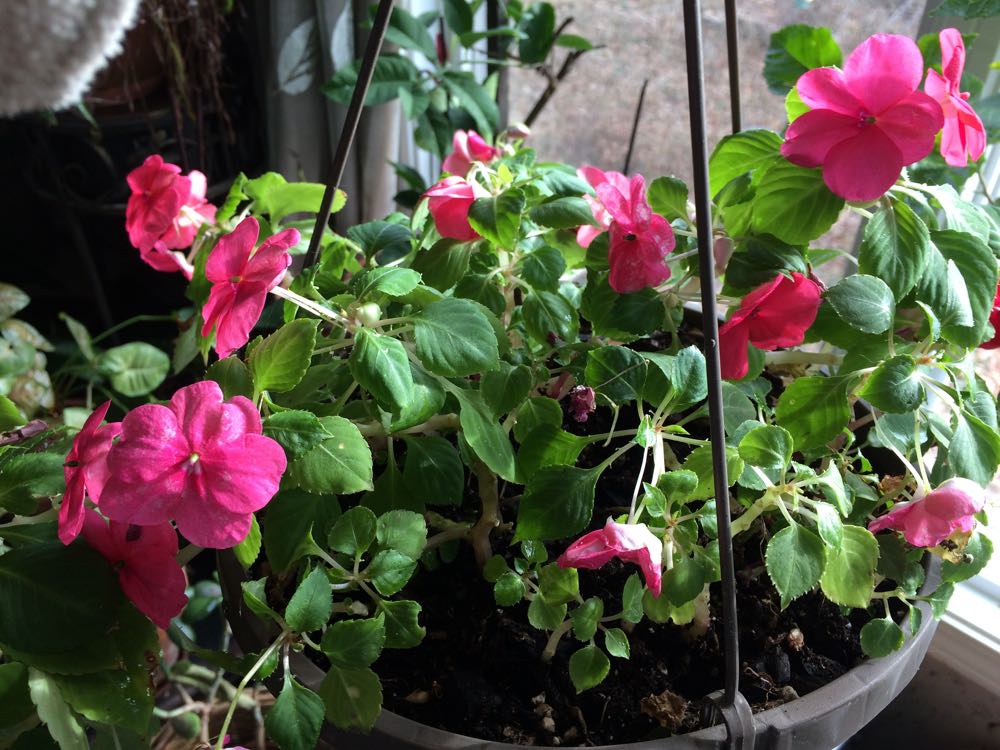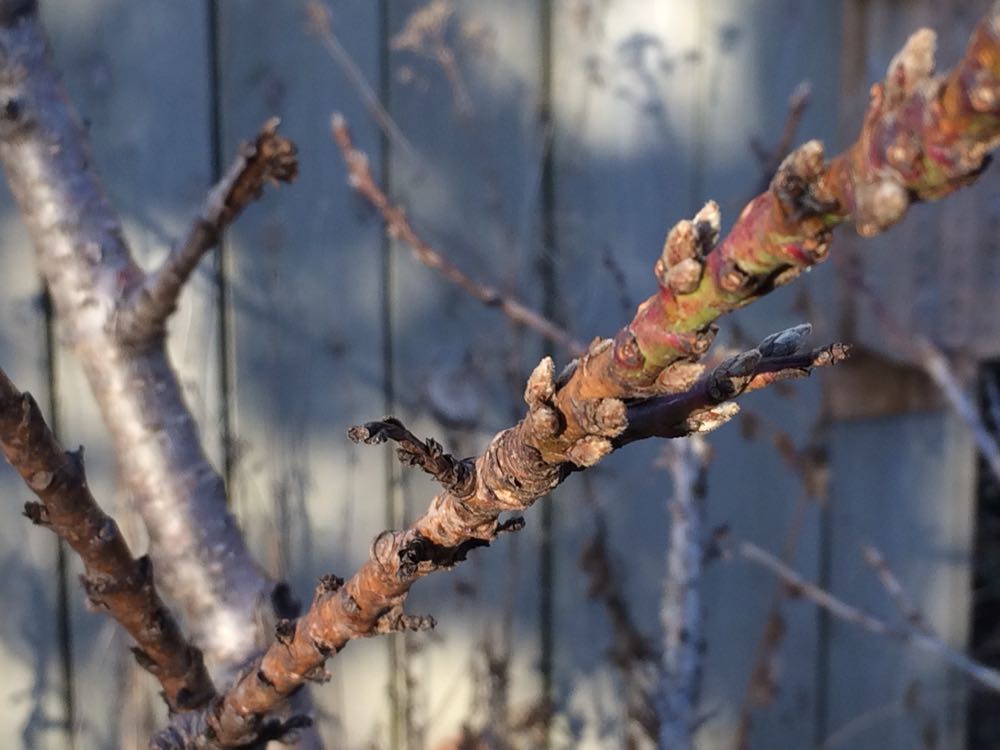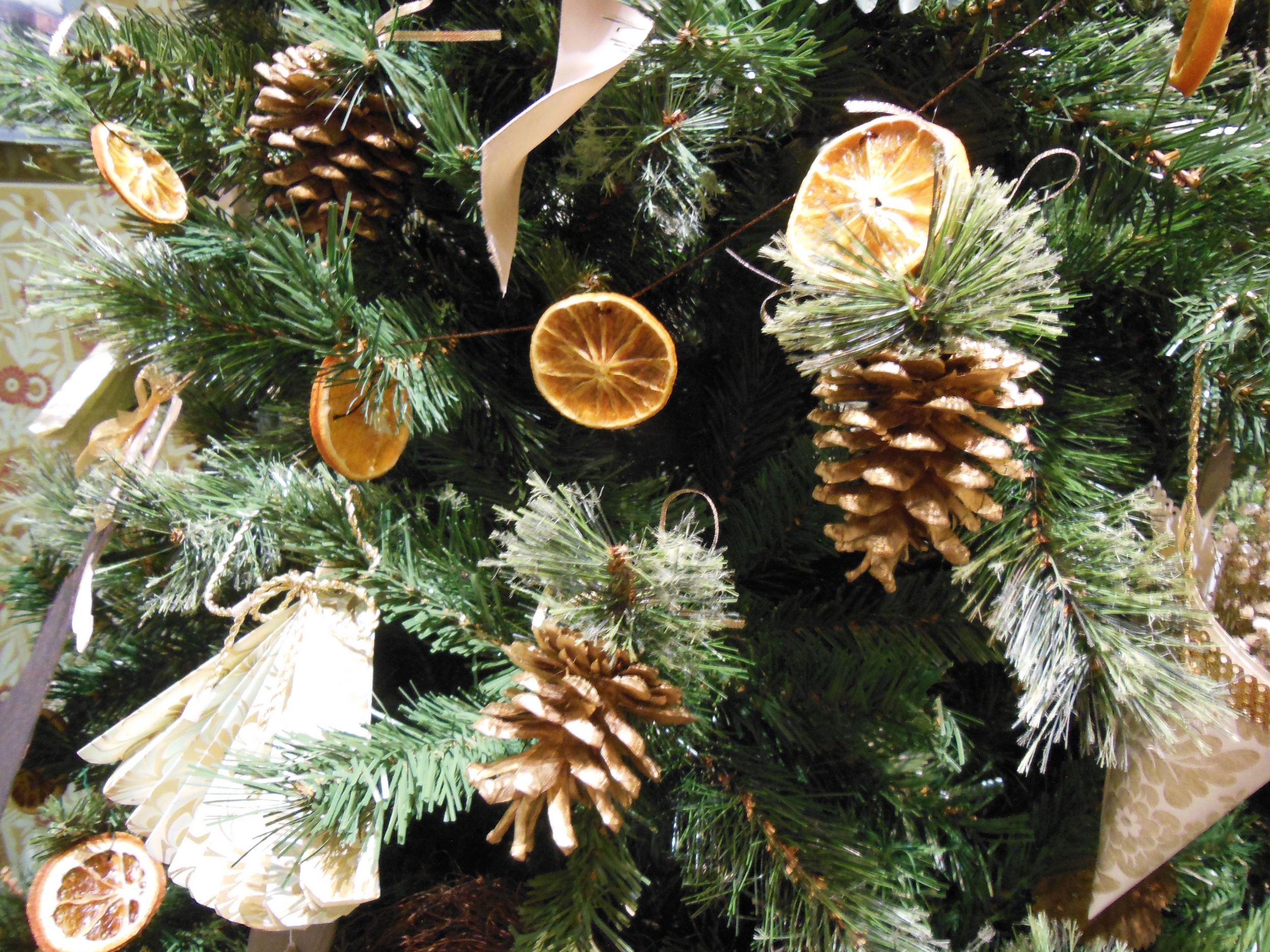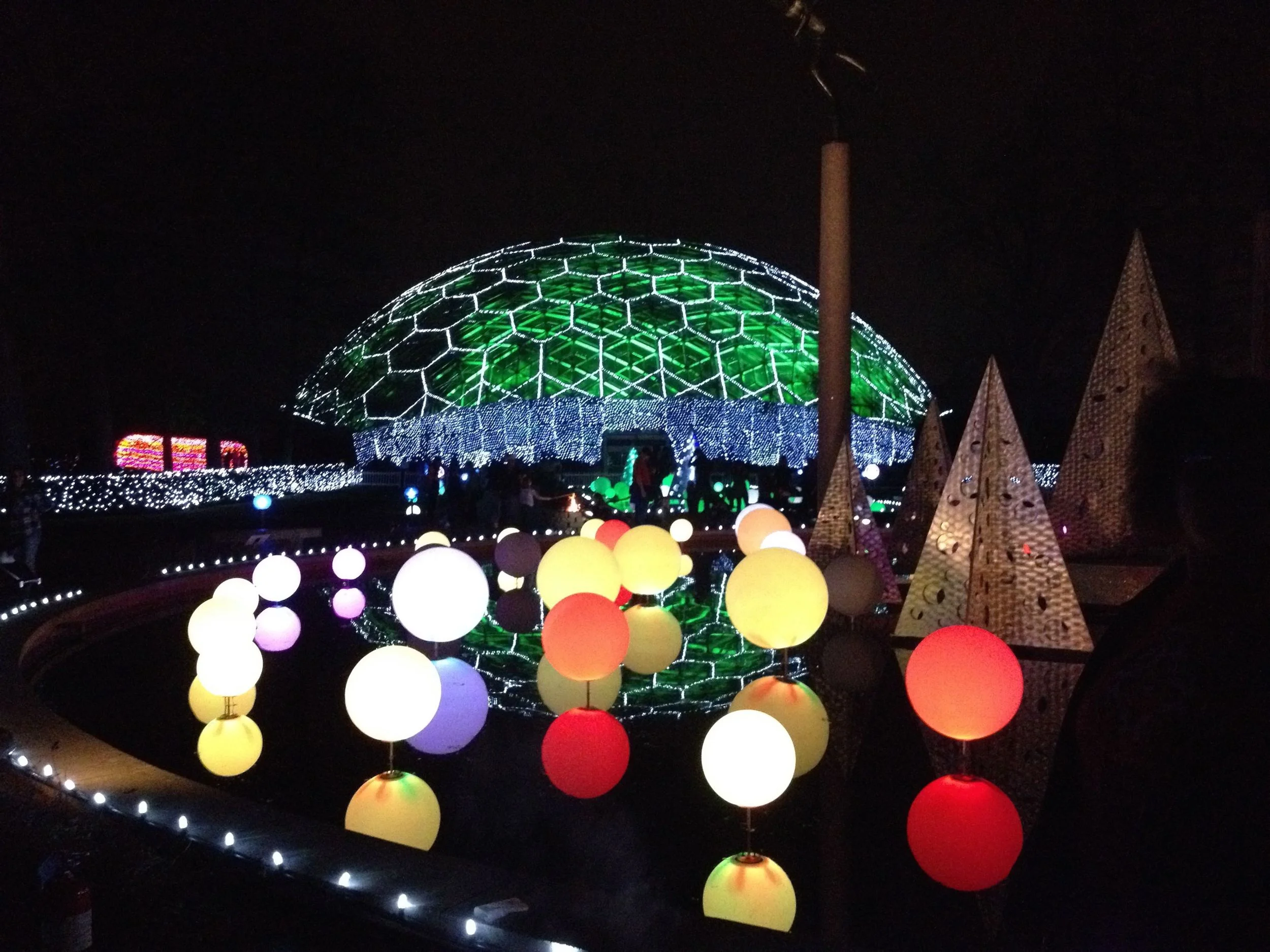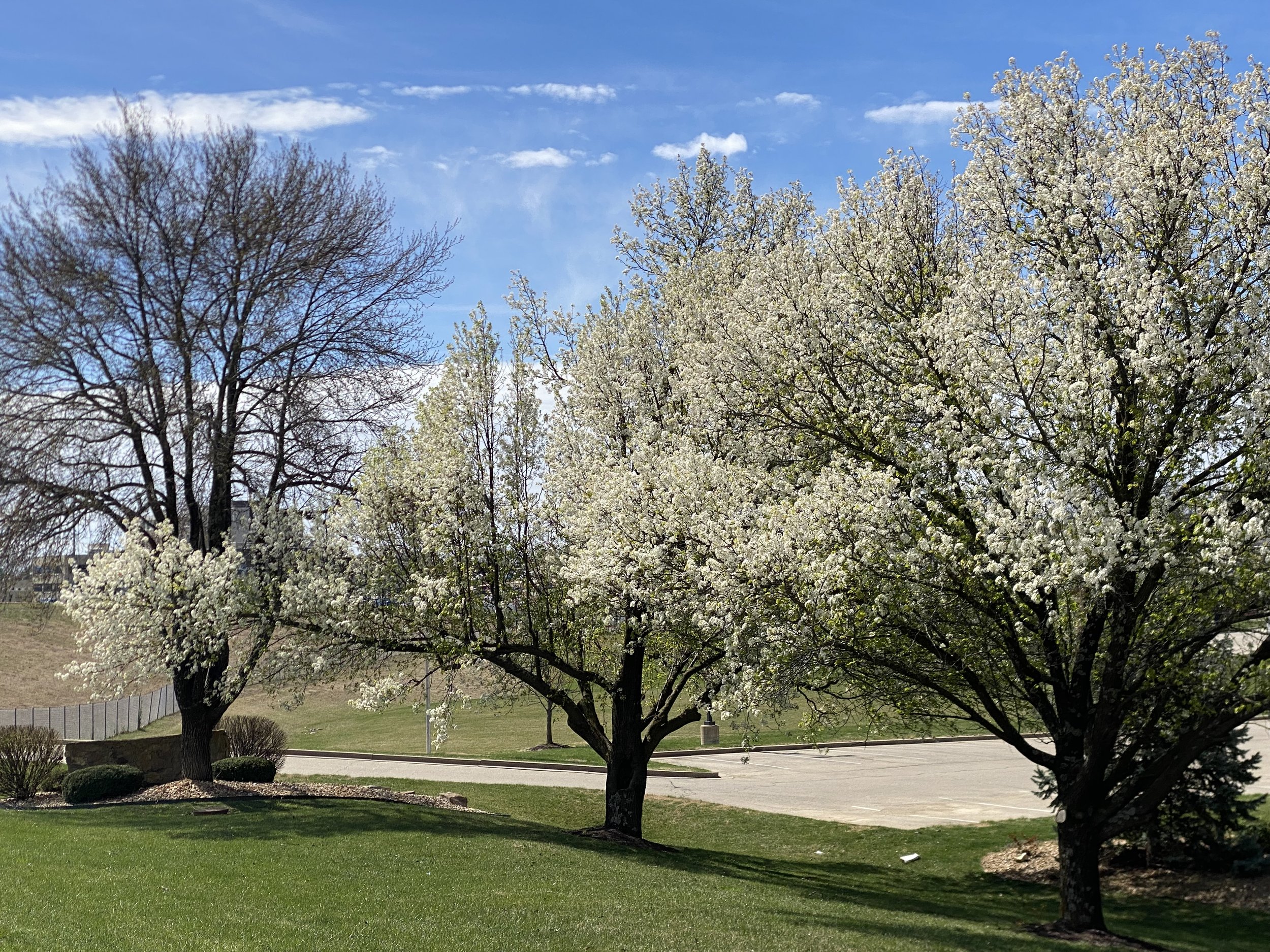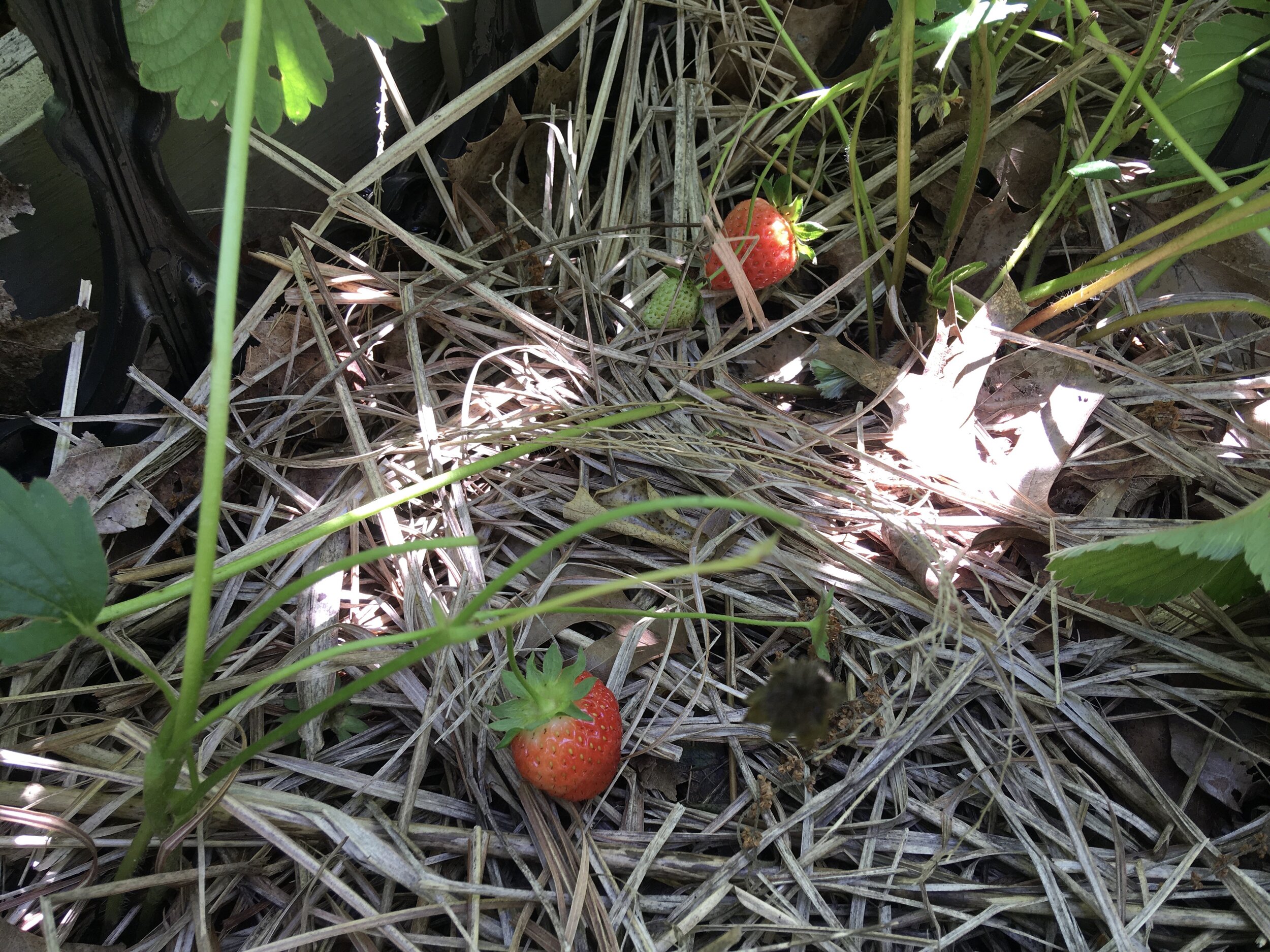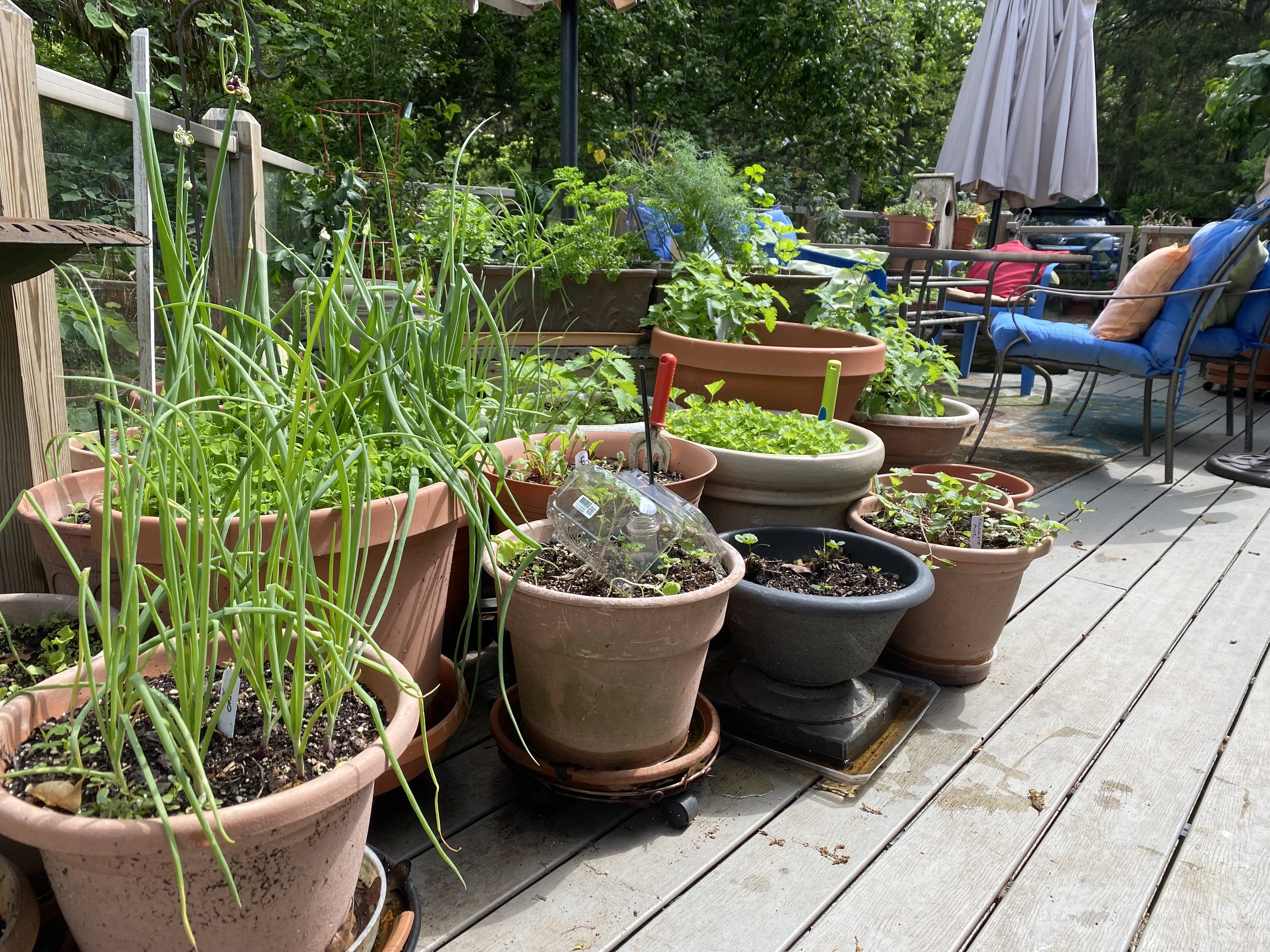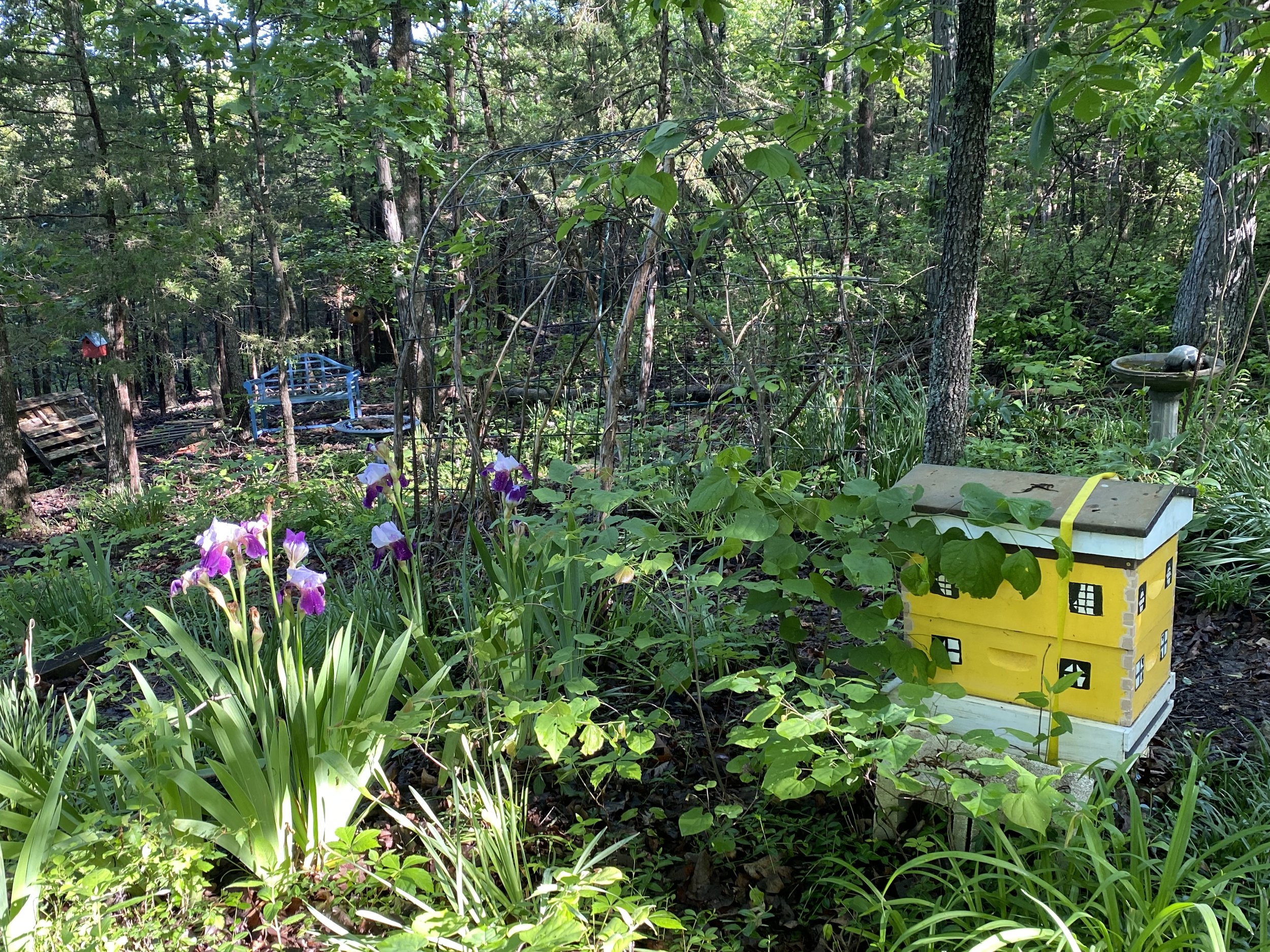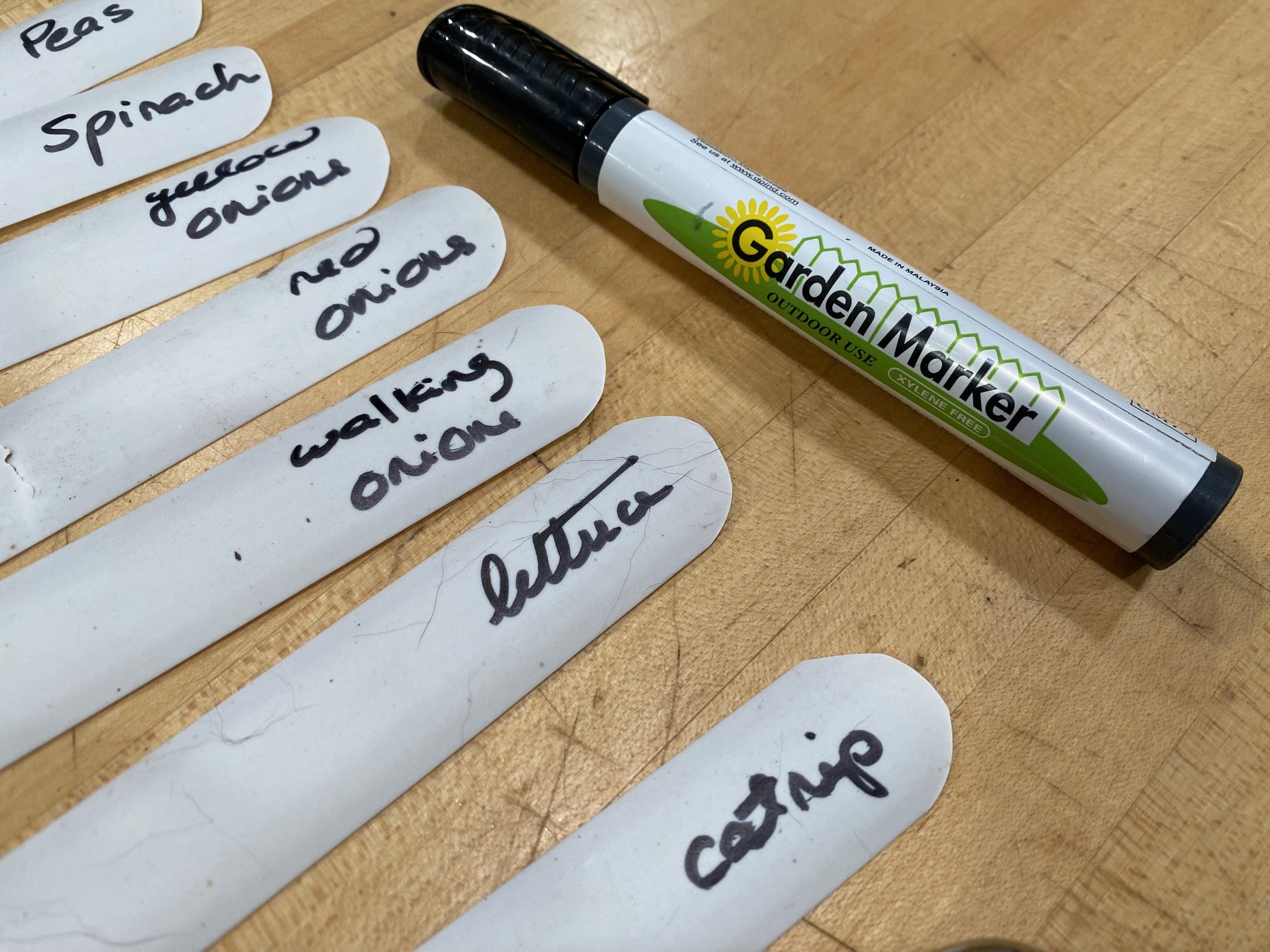Miniature Red Roses on Sale
/Now this is what I call a great sale, and to have it attached to a flowering plant, even better.
Miniature Red Roses on Sale
I had popped into a nearby grocery store to get warm when, out of the corner of my eye, I saw the 49 cent sale sign over the word "floral." My mother used to joke I could have my glasses off and still spot a plant on sale.
Meandering over to the sale rack, I found the sign was on the side of a row of miniature red roses, most of them with spent blooms. The plants themselves were still dark green and strong so I knew they were still growing. I picked three. I stick with the rule of uneven numbers to decorate, even with plants.
The sale price was attached to these red miniature roses, now on their way to my house.
The lady at the check-out wasn't sure these would pull through but I was. These were marked down just because they had stopped blooming. A little time and sun, and they would be back to being appreciated.
I cut off the yellowing buds, sprayed the leaves with a room-temperature water mist, let drip dry, then mixed worm castings from my worm farms in a corner of the potted soil. I thought about un-potting them first but the soil was loose enough to easily add the castings and fluff them into the existing soil.
Worm castings are now available in bags at most garden centers. You can also make small worm farms in a garage corner with kitchen scraps and a handful of red wrigglers and collect your own during the growing season.
The potted roses spent a few days in a sunny spot and soon the rest of the buds were starting to open.
One of my friends in the nursery business recently told me sales of roses are down in general, although as a cut flower they are still a popular choice. The most cut red roses are sold for Valentine's Day, although Mother's Day is also a contender.
Over the years, of all of the roses I have grown, miniature roses are the easiest and hardier ones to grow and, with a little care, will continuously bloom through our USDA zone 5b growing seasons. I enjoy growing the other varieties, too but I won't hesitate buying these small varieties whenever I find them on sale.
After a little compost tea, the roses are my dining room table center decoration.
I also used to tell my husband-at-the-time, if he wanted to buy me flowers, I for one would appreciate having them still growing. Once danger of frost is over, I can plant gift flowers in the garden and keep enjoying them through the years.
Look at these now, tucked in a basket on my dining room table. Cut flowers are nice but a basket of potted roses that will keep on growing and blooming - well, even nicer!
Charlotte

















